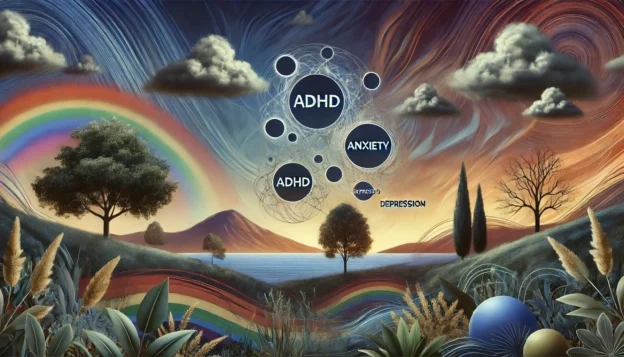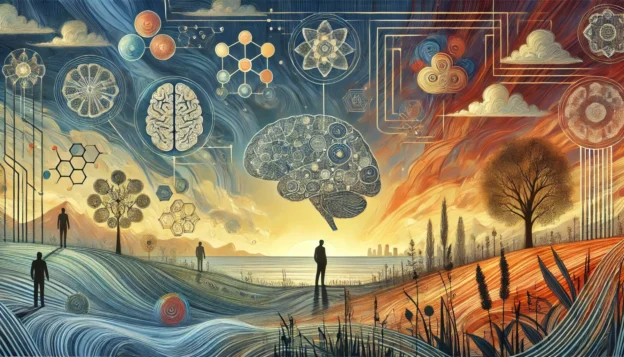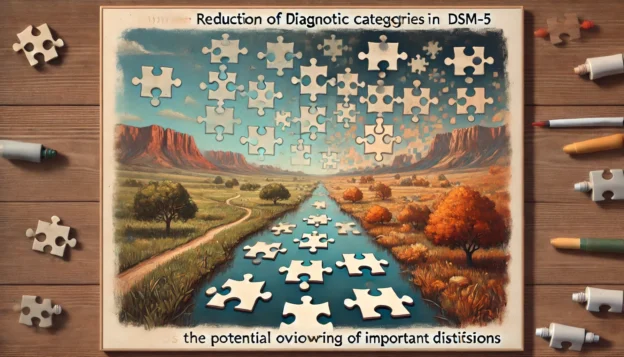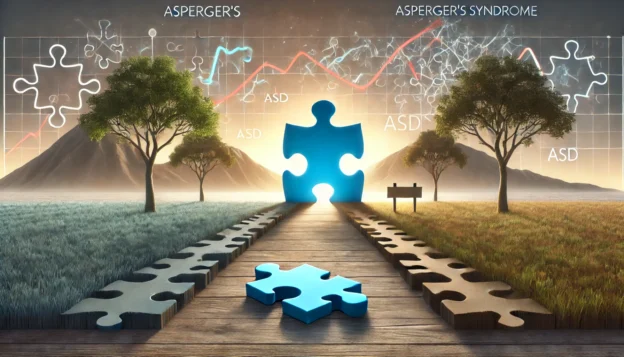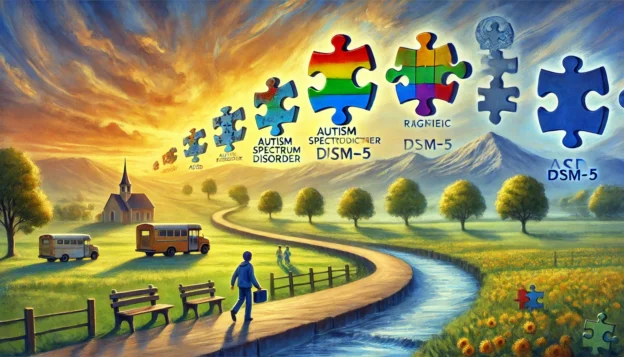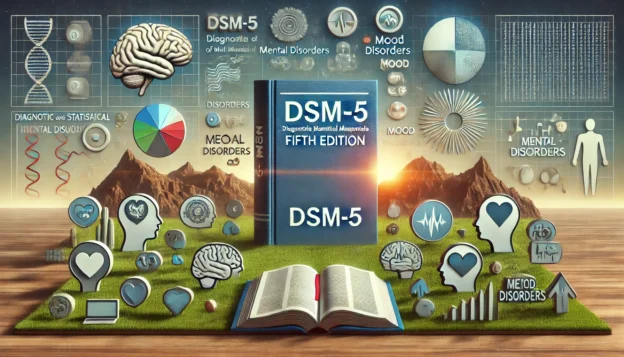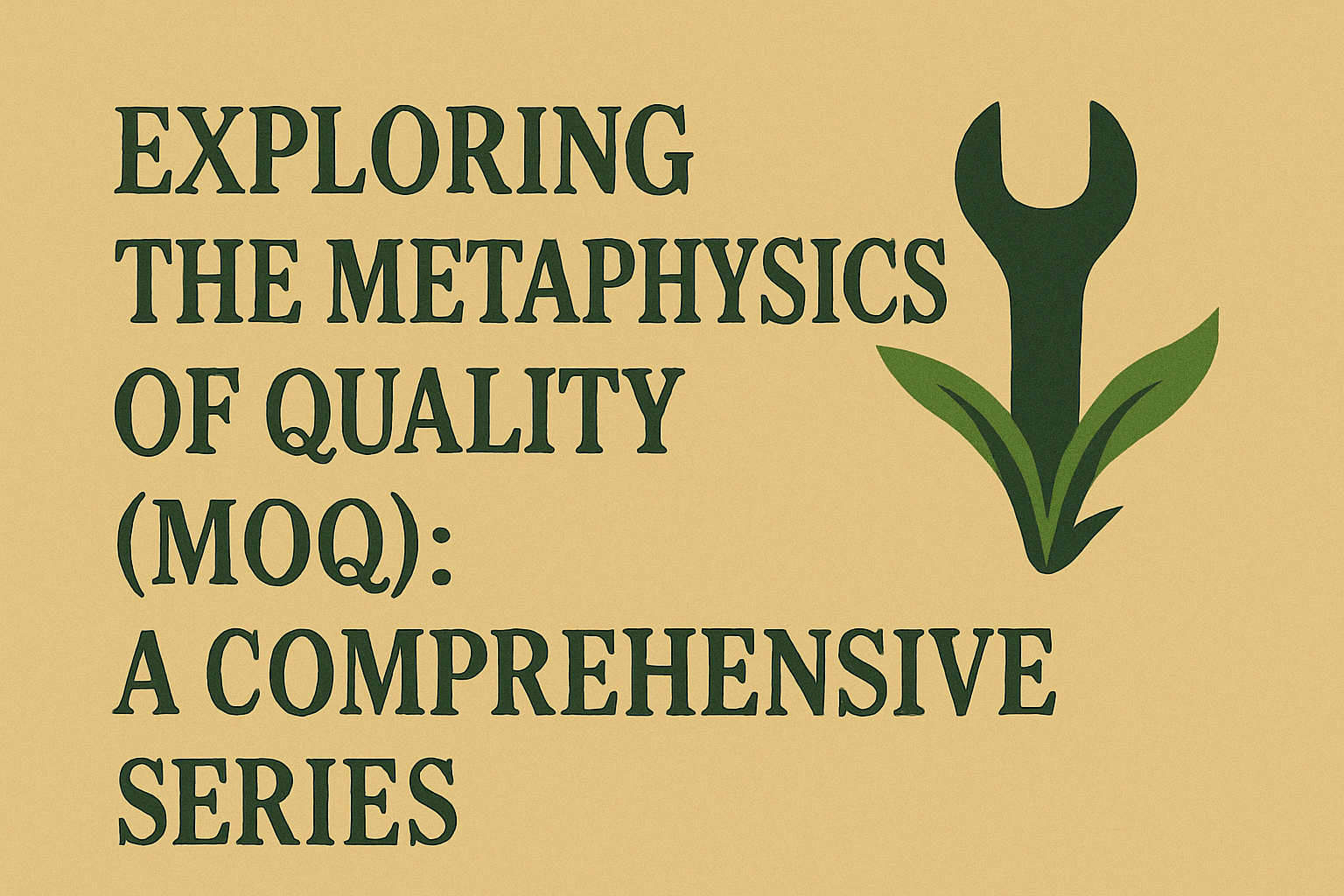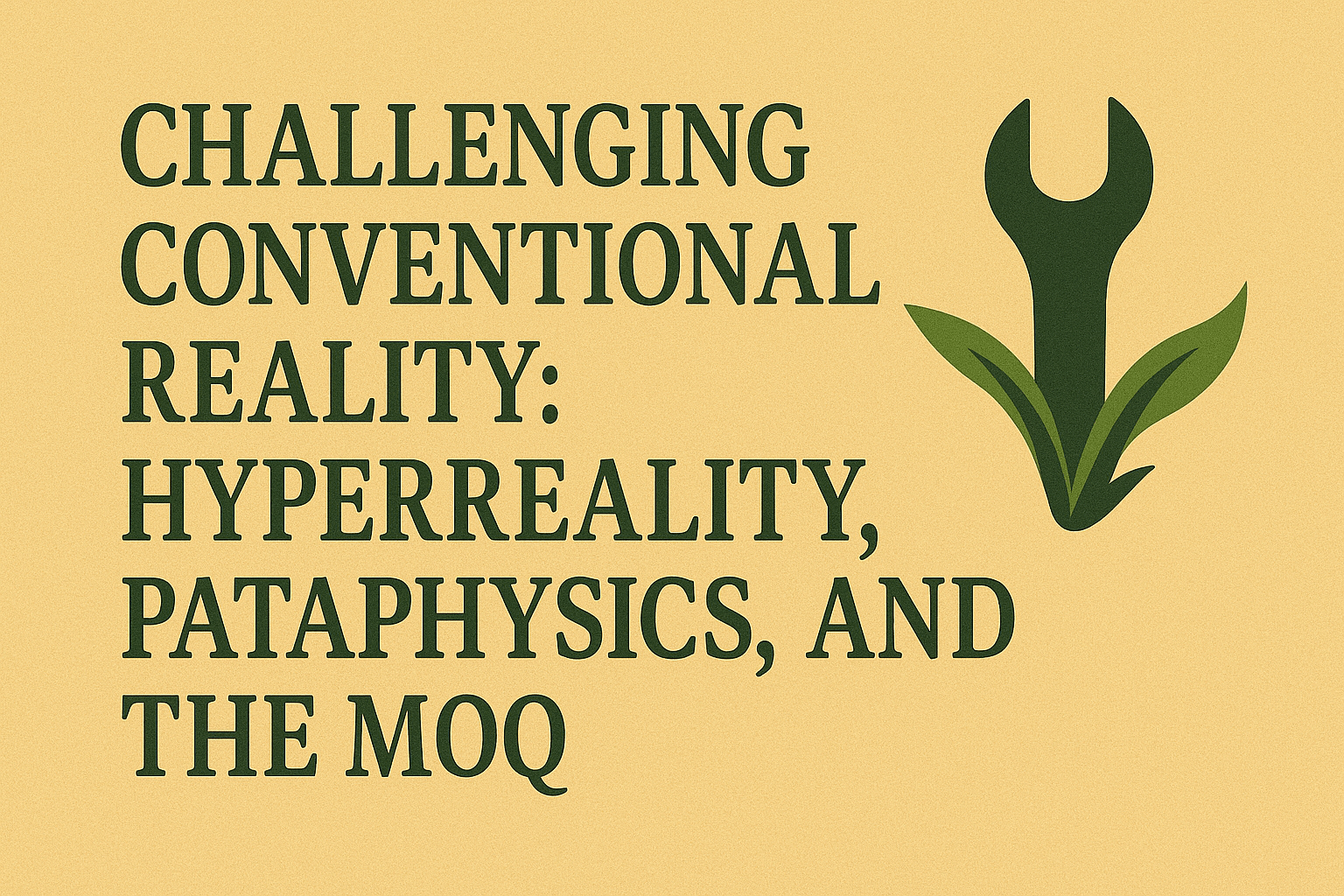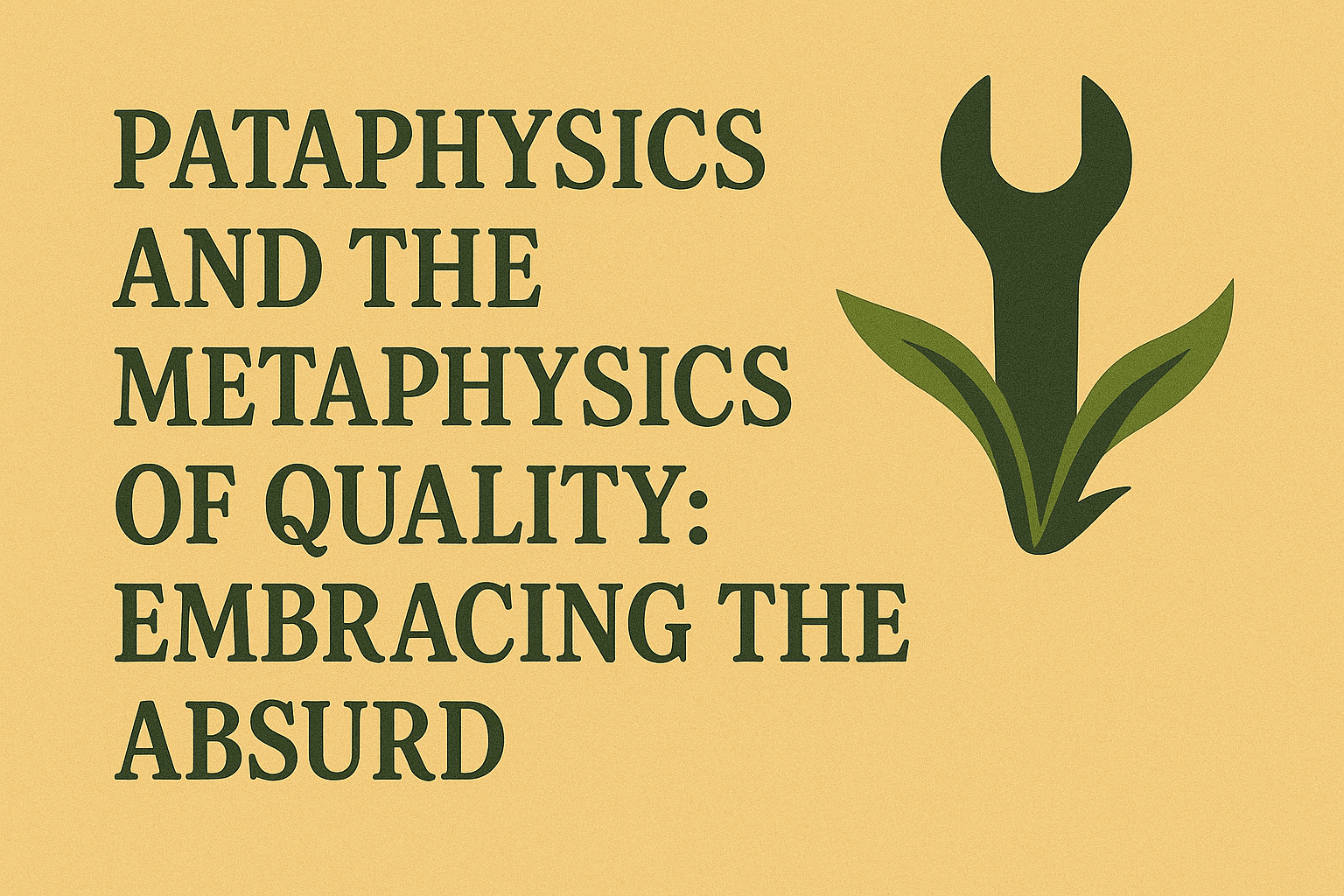This article explores key concepts in autism advocacy and acceptance, including neurodiversity, autism acceptance versus awareness, intersectionality, gender differences, late diagnosis, autistic pride, self-advocacy, and parent-led versus autistic-led advocacy. It provides historical context and describes each term, highlighting how they align or differ. Neurodiversity and autistic pride emphasize acceptance and empowerment, while intersectionality and gender differences call for nuanced approaches. Late diagnosis underscores the need for awareness and timely support. The article concludes by stressing the importance of embracing these diverse perspectives to foster a supportive environment for autistic individuals.
Continue reading
